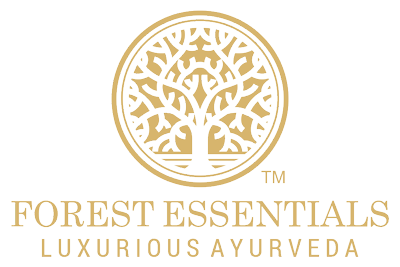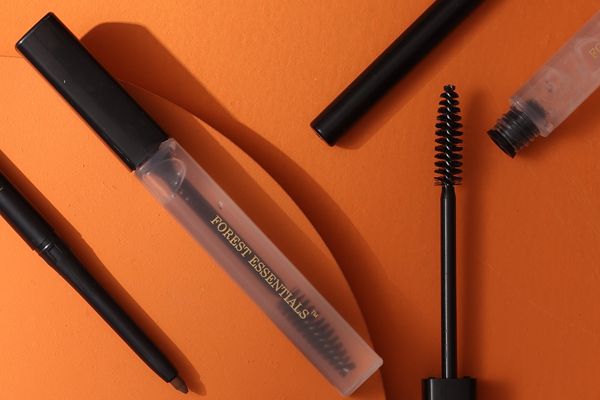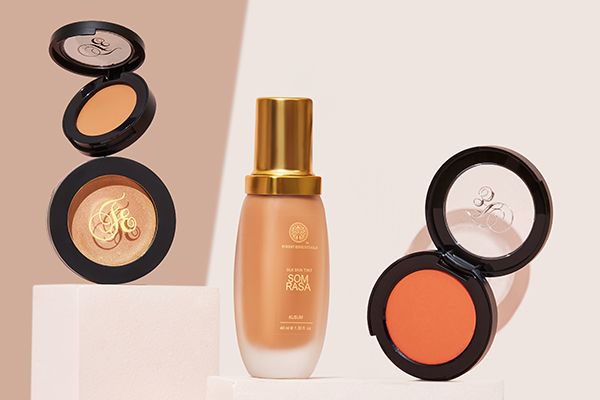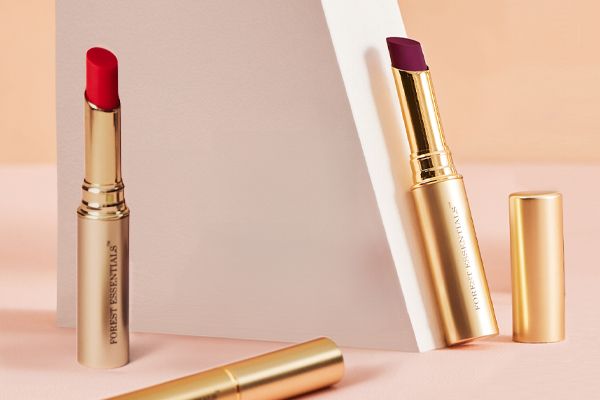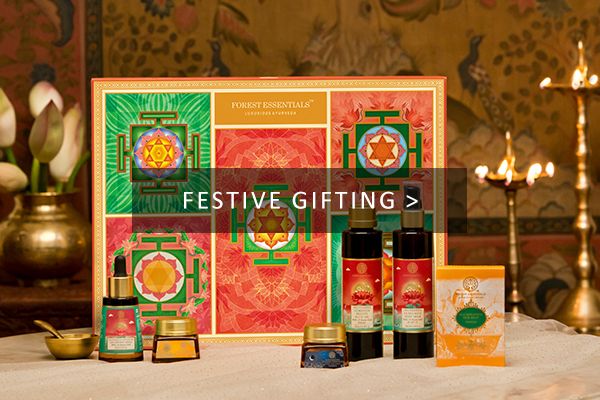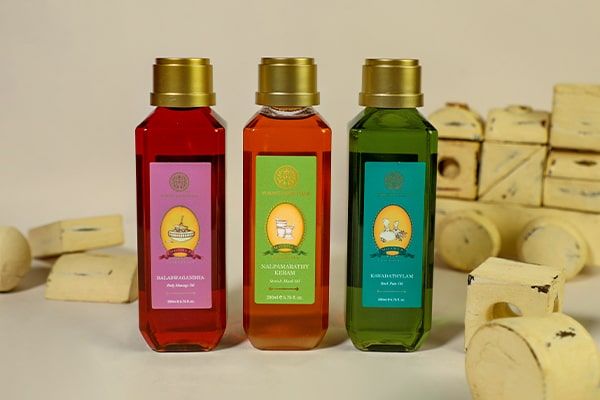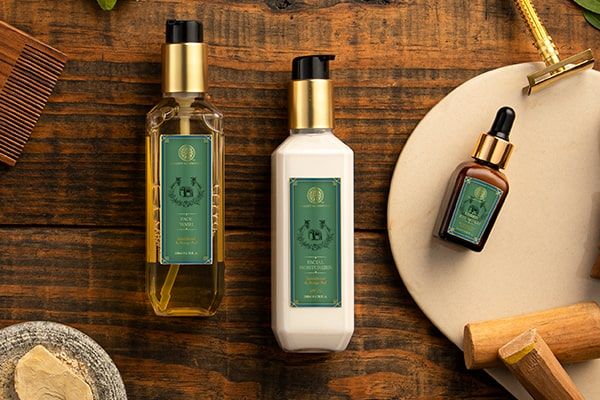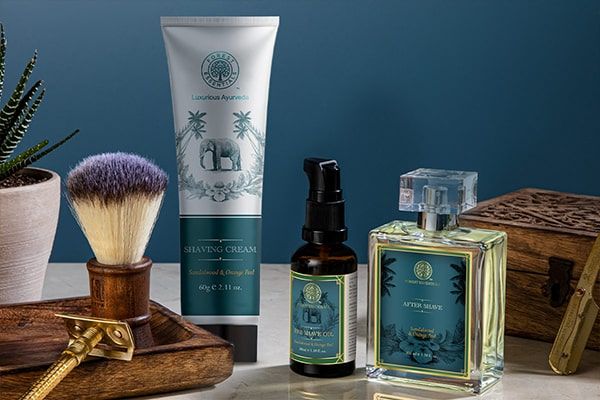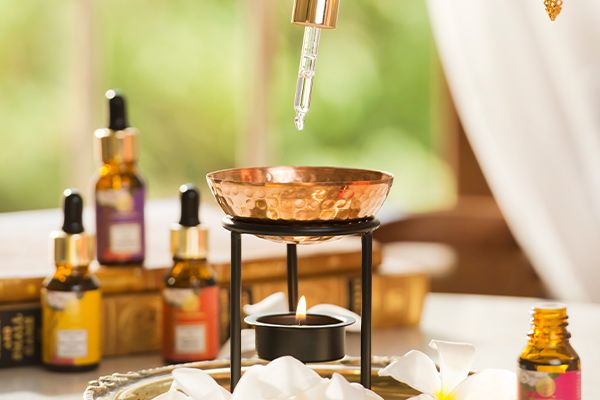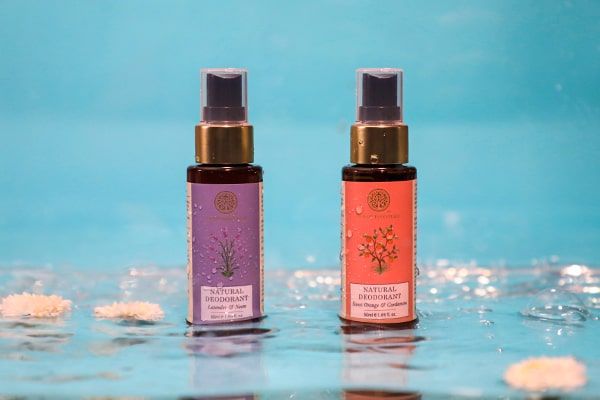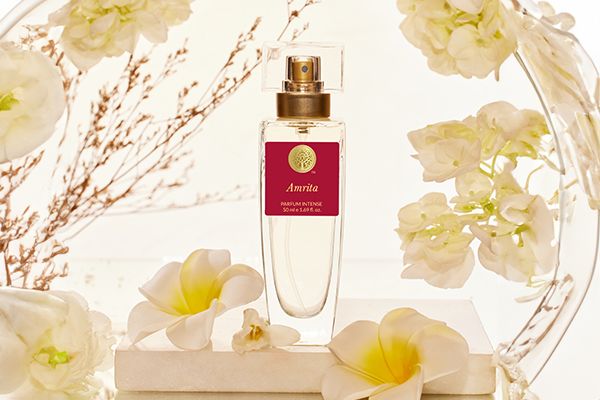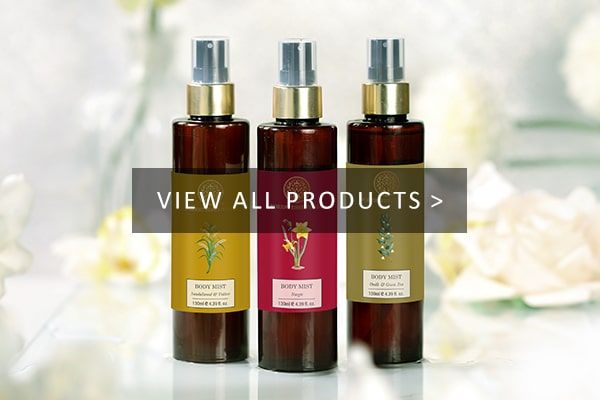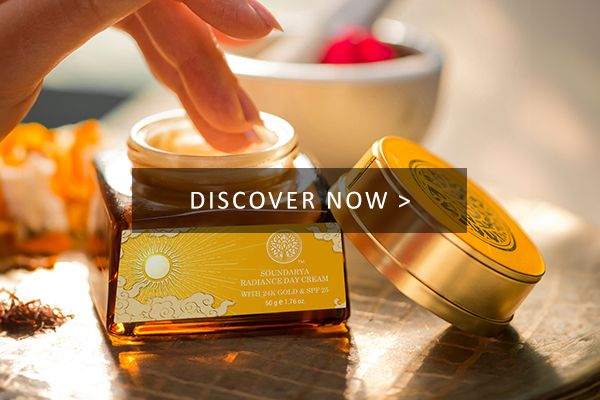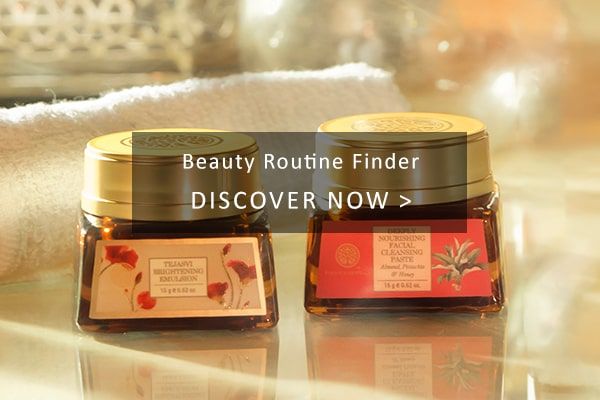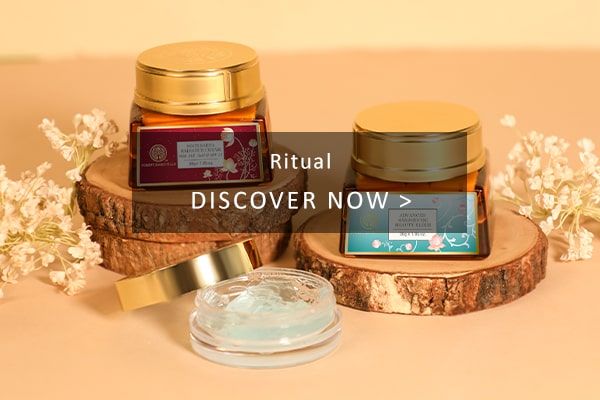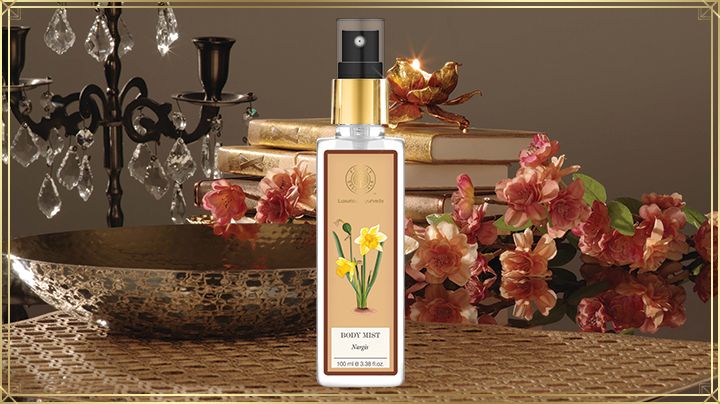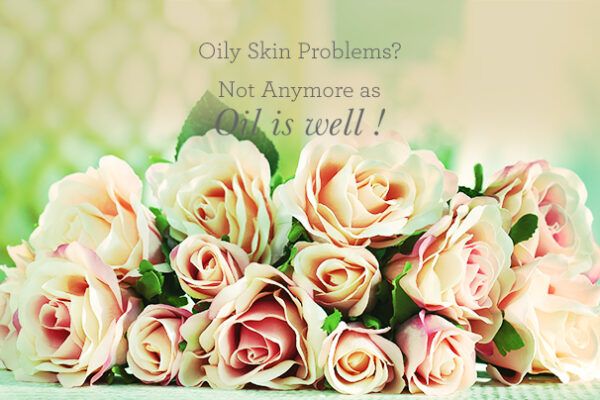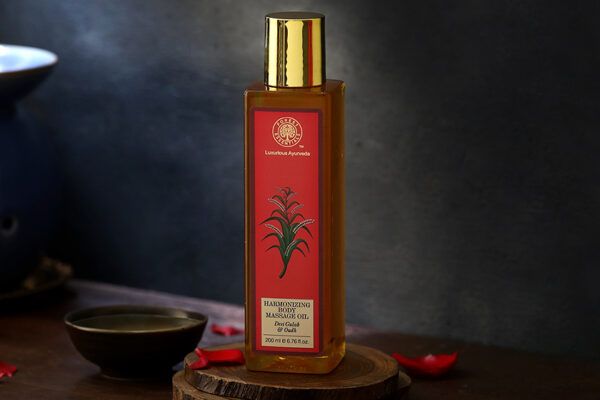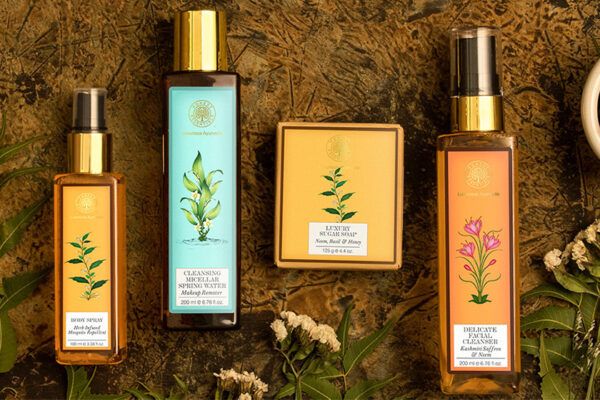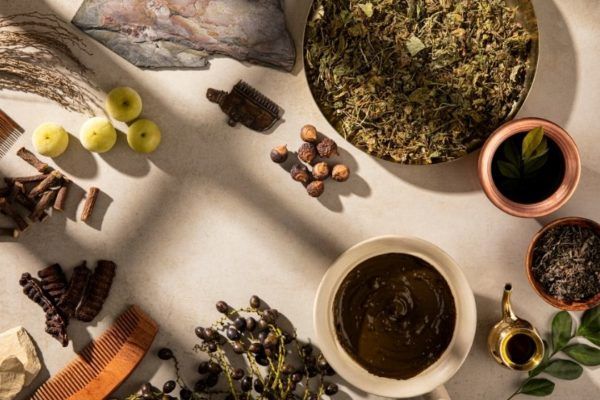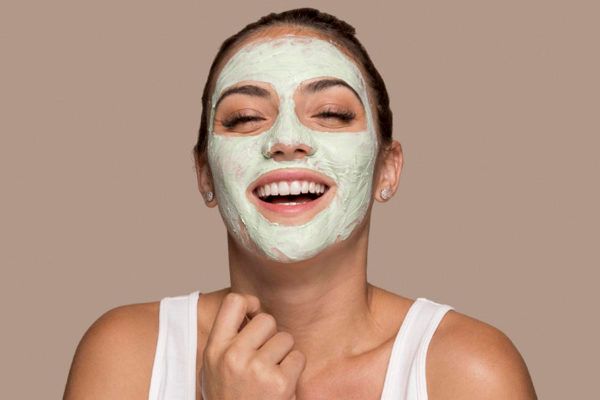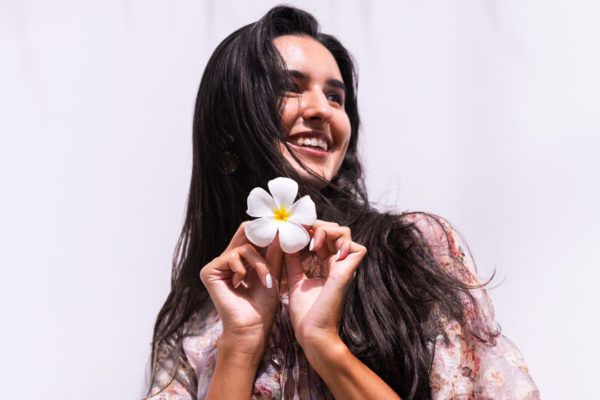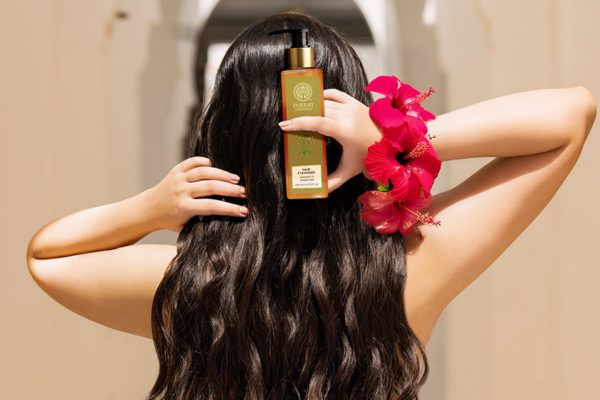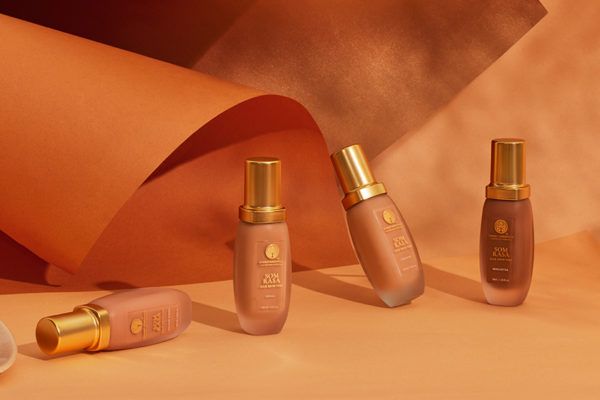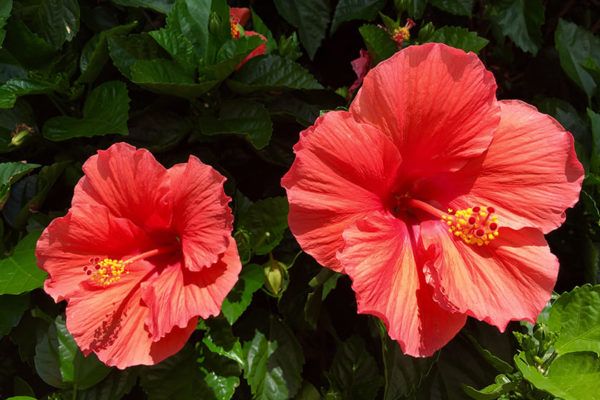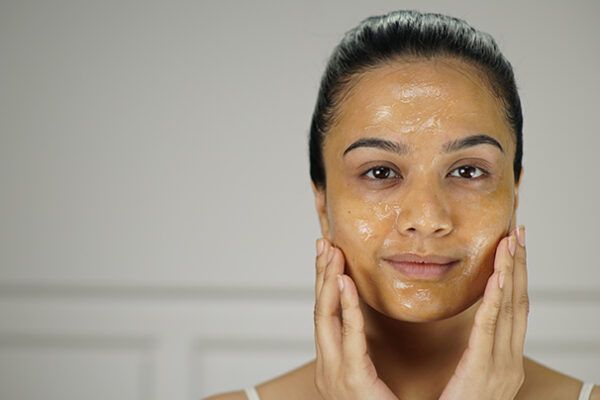A hallmark of sophistication and also an essential part of daily routine: the use of scent has been anchored in Indian culture since the beginning of civilization. It is said that the word scent itself may have been a derivative of the Sanskrit term “Sugandha”- meaning fragrance.
Archaeological remains of Mohenjodaro impart the use of powders and perfumes after bath, ancient Sanskrit texts illustrate the customary use of scented beauty accessories by women and men alike, while trips to the perfume capital of India-Kannauj, showcase an everlasting legacy- the Attar, of the late Mughal Queen, Noor Jahan.
The ancient process of perfume layering involved applying fragrances at every step of one’s daily cleansing regime or during ceremonial preparation of Kings and Queens.
Texts of Indian antiquity, like the Vedas and Ramayana, all describe the full body anointment with Sandalwood, Saffron, Musk or Camphor paste, depending on the season. For instance, Sandalwood was prescribed for spring season- “Vasantha”. This was said to be followed by a scented water bath and then an oil massage- “Abhyanga”. For the oil massage, often the base of fresh black cold-pressed sesame oil was infused with scented flowers such as Champak (Campaka), Rose (Gulab), and Jasmine (Chameli).
After the oil massage, it is said that the toned, nourished body was then sprinkled with fragrant dry herb powder. For aromatizing the hair as well as garments, vaporizers or aroma jars were then used to release the fragrant smoke of “Dhupa” (Incense) which was absorbed by the body and hair.
Finally, to top off the process of layering, flower garlands and “Gajras” were a mandatory accessory. It is quite delightful to imagine the results after such a process of layering!
Flash forward to the 21st century and such regimes may seem very elaborate, time consuming, and unsuitable for our modern lifestyles: left only to be fulfilled on spa vacations.
However, today’s hectic lifestyle still demands the need to de-stress, nourish and rejuvenate more than ever before.
Interestingly, from a psychological perspective, the use of fragrances has served an important role in affecting human interactions, behaviour and judgement. For instance, studies show that different scents affect our judgement of faces, levels of pain tolerance and also partner choice in romantic relationships!
Read on then, for tips to layer your fragrances to fit your daily cleansing regime and to replace the constant spraying of synthetic perfumes, with those formulated with pure and natural ingredients; and curate your own long lasting signature scent tailored to fit your mood and the occasion.
As Spring arrives at this time of the year, we shall concentrate on this season. Spring brings everything to life after a long winter, it is also at this time of the year, when the legendary Nargis flower blooms for a short while.
LAYER 1: SHOWER/BATH OIL & SOAPS
- Add 5 to 6 drops of the Forest Essentials Nargis Moisture. Replenishing Bath & Shower Oil to scent water and moisturize the skin, in a bath.
- Use the Forest Essentials Nargis Luxury Sugar Soap, made with organic cane sugar and infused with the delicate fragrance of the Nargis flower; which leaves the skin soft and hydrated. Alternatively, replace the soap with the Nargis Shower Butter.
- Take a small amount of Forest Essentials Nargis Moisture Replenishing Bath & Shower Oil in your shower, after you have rinsed off the soap or shower gel and your skin is still wet. Pour a small quantity into your hand and rub all over the body. You could rinse again, very briefly, and your skin will feel soft and hydrated.
LAYER 2: SILKENING BODY CREAM
It is said that skin with oil or moisture holds fragrance longer than dry skin.
- Apply the deeply moisturizing, Forest Essentials Nargis Velvet Silk Body Cream. It contains Vitamin E which protects your skin from UV rays and pollution, is an anti-oxidant and a natural preservative. Also, its base contains organic beeswax which deeply nourishes, rejuvenates and firms the skin, while retaining fragrance.
LAYER 3: DUSTING POWDER
- Lightly dust the Forest Essentials Nargis Silken Dusting Powder, after a bath. This is a cornstarch based powder, which is 100% natural, that’s highly absorbent and leaves the skin smooth and refreshed.
LAYER 4: BODY MIST/COLOGNE
- Lastly, spritz yourself with the Forest Essentials Nargis Body Mist which gives a long lasting floral aroma, hydrates your skin and leaves a balancing effect on the senses.
Unleash your creativity by curating your own mixtures of fragrances with a few more blending guidelines-
- Use subtle & floral scents in the morning: Choose from the Kashmir Nargis, Indian Rose Absolute, Madurai Jasmine & Mogra, or Bengal Tuberose Range
- Indulge in sharp & musky scents for the evening: Choose from the Oudh & Darjeeling Green Tea or the Mysore Sandalwood Range
- Seasonal recommendation: As spring arrives, floral & citrus scents are in: Refresh yourself with the Iced Pomegranate and the Nargis range.
Endow yourself with the Art of Layering; find yourself fragrant and feeling delightful throughout the day. Layer on!
